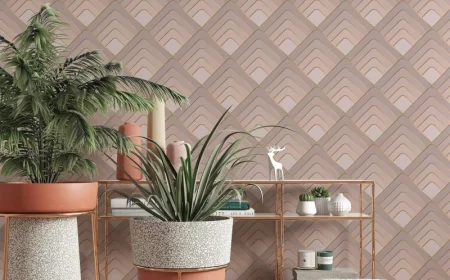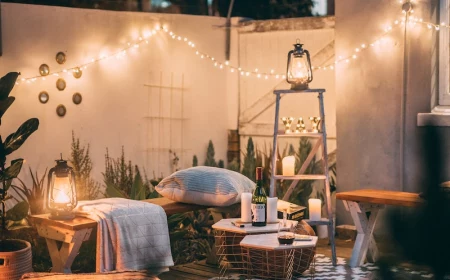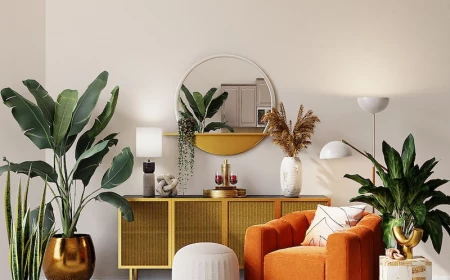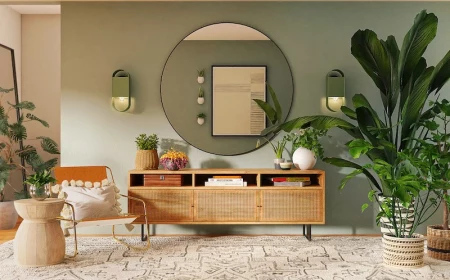Your Home Feels ‘Off’? It’s Probably One of These Common Decorating Goofs
I’ve walked into more homes than I can count, and so many of them are filled with wonderful, personal things. But a lot of the time, I get called in because something just feels… wrong. The owner will say, “I have nice furniture, but the room just doesn’t feel right.” And honestly, it’s almost never about their taste. It’s usually a handful of simple, foundational mistakes that throw the whole space out of whack. Think of these not as rules, but as the secret principles the pros use to make a space feel balanced and intentional.
In this article
My goal here is to share that practical, hands-on knowledge with you. Forget the stuffy design-school talk; this is about what actually works in a real home.
Mistake
1: Getting Scale and Proportion All Wrong
Okay, this is the big one. Scale is just a fancy word for how the size of things in your room relates to the room itself and to each other. When it’s off, the whole room feels unbalanced. It’s the design equivalent of wearing a hat that’s way too small. Let’s fix it by looking at three key areas.

Window Treatments That Shrink Your Room
Curtains that are too short or hung incorrectly are probably the most common decorating slip-up I see. People grab standard-length panels from the store and hang the rod right on top of the window frame. This visually squashes the wall and makes your ceiling feel way lower than it is.
The Pro Technique: Go High and Wide.
This simple trick is a total game-changer, I promise.
- Go High: Mount that curtain rod at least 4 to 6 inches above the window frame. Got high ceilings? You can even go higher, splitting the difference between the frame and the ceiling. This one move instantly draws the eye up and creates a feeling of height and grandeur.
- Go Wide: The rod should also stick out 6 to 10 inches past the window frame on each side. Why? So when you open the curtains, the panels hang over the wall, not the glass. This makes the window look bigger and lets in every last drop of sunlight.
Quick exercise: Go look at one of your windows right now. Grab a measuring tape. How many inches are between the top of the window frame and the curtain rod? If it’s less than 4, you’ve just found your first, easiest room upgrade!
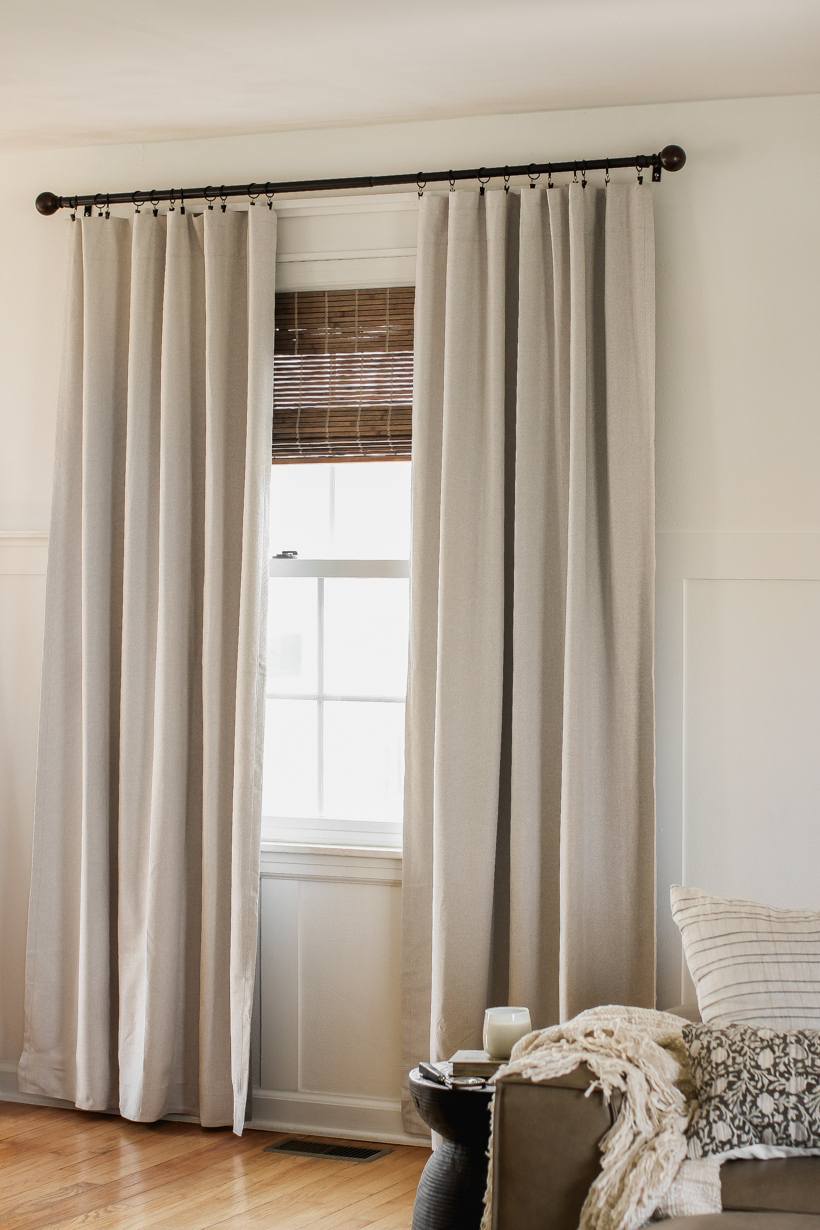
Oh, and the length matters. A lot. Curtains should either just “kiss” the floor or puddle by an inch or two for a more dramatic look. Anything shorter looks like you bought pants for a shorter person. If you’re buying off-the-shelf, always get the next size up (look for 96-inch or 108-inch panels at places like IKEA, West Elm, or even Amazon) and get them hemmed. A local tailor can do this for a surprisingly low cost, often just $20-$40 per panel. Or, for a no-sew fix, grab some iron-on hemming tape for about $5 at any craft store.
The Lonely Island Rug
An area rug that’s too small is like a postage stamp on a giant envelope. It just floats there in the middle of the floor, making all your furniture look like it’s social distancing. A rug’s job is to define a space and anchor everything in it.
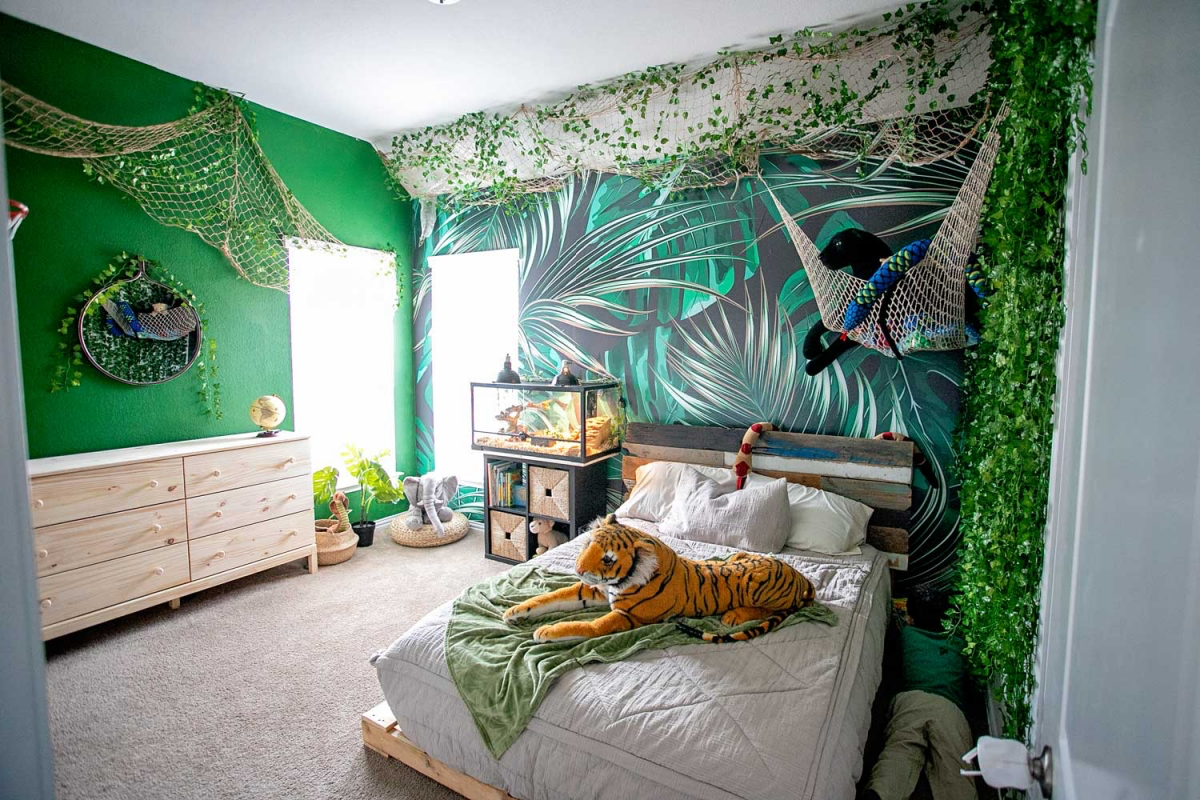
The Pro Technique: Get the Right Size.
Here’s a quick cheat sheet for rug sizes:
- In the Living Room: At the very least, the front legs of your sofa and any chairs should be sitting on the rug. This is non-negotiable! It’s what connects everything into a cohesive group. A tiny 5’x7′ rug usually only works under a coffee table, which makes the space feel smaller. An 8’x10′ is a great starting point for most standard living rooms, but to be frank, a 9’x12′ is often what you actually need to do the job right.
- In the Dining Room: The rule is simple. Pull all the chairs out like you’re about to sit down. Do the back legs stay on the rug? They should. A good rule of thumb is to measure your table and add about 24-30 inches on all sides to find your minimum rug size. Anything smaller is a tripping hazard and just plain annoying.
Quick tip: If a huge rug isn’t in the budget, try layering. Get a large, inexpensive natural fiber rug (like jute or sisal) to cover the area, then place a smaller, plusher, and more colorful rug on top. It gives you the scale you need without the hefty price tag.
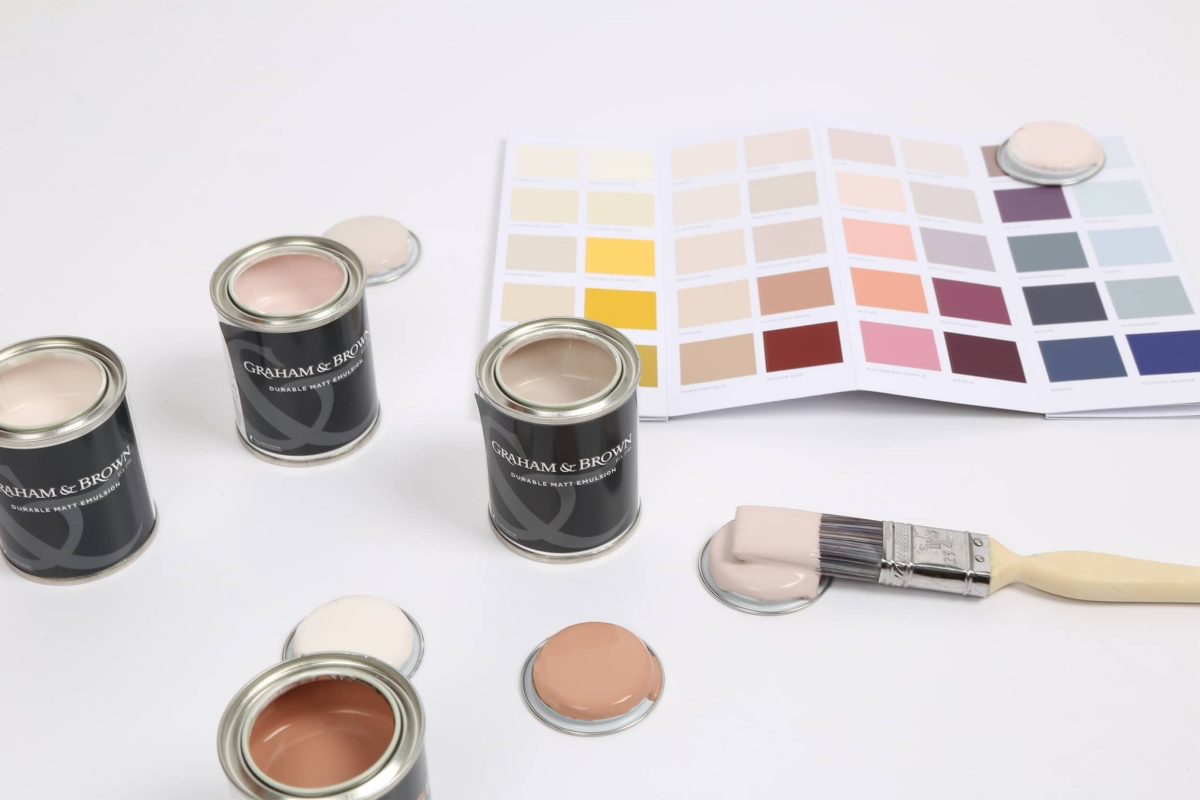
The Flat-Line Furniture Problem
Ever walk into a room where the sofa, coffee table, and end tables are all the same height? It feels incredibly monotonous and, well, boring. Your eye just scans the horizon with nothing interesting to look at.
Think of your room’s furniture as a city skyline—it needs peaks and valleys to be interesting. If you have a low-slung sofa, pair it with a tall, skinny floor lamp. Put a chunky end table on the other side. Add a tall fiddle-leaf fig in the corner. This variety creates a rhythm that makes a room feel dynamic and professionally designed. Breaking up matching furniture sets is one of the best things you can do for a room’s personality.
Mistake
2: Messing Up Color and Light
Color and light are the soul of a room. They set the mood more than anything else. But people often make some irreversible choices here, and it all starts with a can of paint.
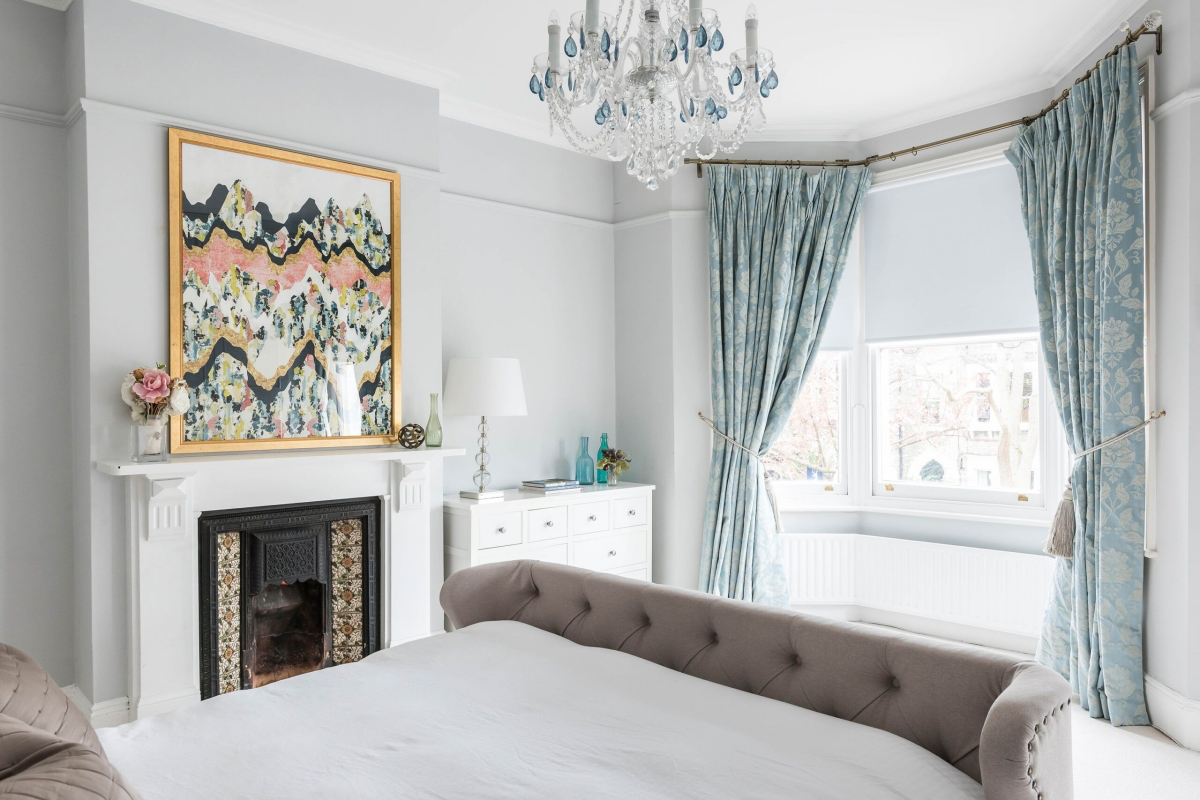
The
1 Mistake: Painting First
I see this all the time. You get excited, find a paint color you love, and spend a weekend painting the whole room. Then you go to buy a sofa and realize… nothing works with that very specific shade of sage green you chose. It’s so much easier to find a paint color to match a fabric than a fabric to match a paint color.
The Pro Technique: Paint Is ALWAYS Last.
Seriously. There are thousands of paint colors, but maybe only a handful of sofas that fit your budget, style, and room. Here’s the order of operations:
- Find Your “Hero” Piece: Start with the most expensive or pattern-heavy item. This is usually your area rug or your sofa. It could also be a piece of art or curtains. This piece is your color palette guide.
- Pull Colors from the Hero: Take a cushion cover or a fabric swatch to the paint store. Pull a nice neutral from the pattern for your walls and maybe a bolder accent color for a feature wall or a piece of furniture.
- Test, Test, Test: Please, do not choose a color from a tiny paper chip. Buy a few sample pots and paint large squares (at least 2 ft x 2 ft) on a couple of different walls. Watch how the color changes with the light throughout the day. What looks great in the morning sun might look dingy in the afternoon shade. Live with it for a few days before you commit.
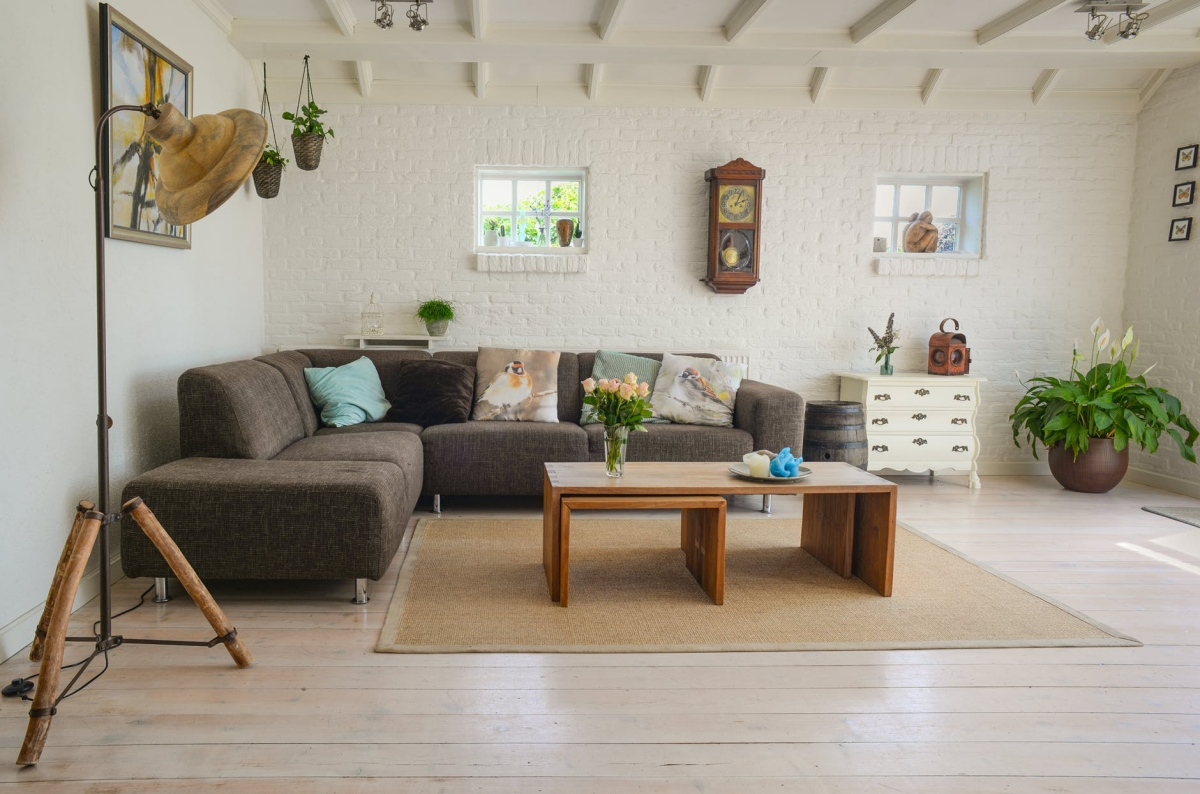
Lighting That Kills the Vibe
Bad lighting can make even the most beautiful room feel like a dungeon. The biggest culprit? A single, harsh overhead light. You know the one—the dreaded “boob light” that builders love to install. It casts a weird cone of light on the floor and leaves the corners in spooky shadows.
The Pro Technique: Layer Your Lighting.
A well-lit room has three layers of light. It sounds complicated, but it’s not.
- Ambient Light: This is your general, all-over light. Think chandeliers, stylish pendants, or recessed lighting on a dimmer. It provides a soft, even glow.
- Task Light: This is focused light for doing stuff. A lamp by your favorite reading chair, under-cabinet lights for chopping veggies, or a desk lamp for working.
- Accent Light: This is the fun stuff! It’s directional light that highlights something cool, like a picture light over art or an uplight behind a big plant. It adds drama and depth.
Heads up on light color! The “color” of your light bulb is measured in Kelvins (K). Here’s a simple cheat sheet:
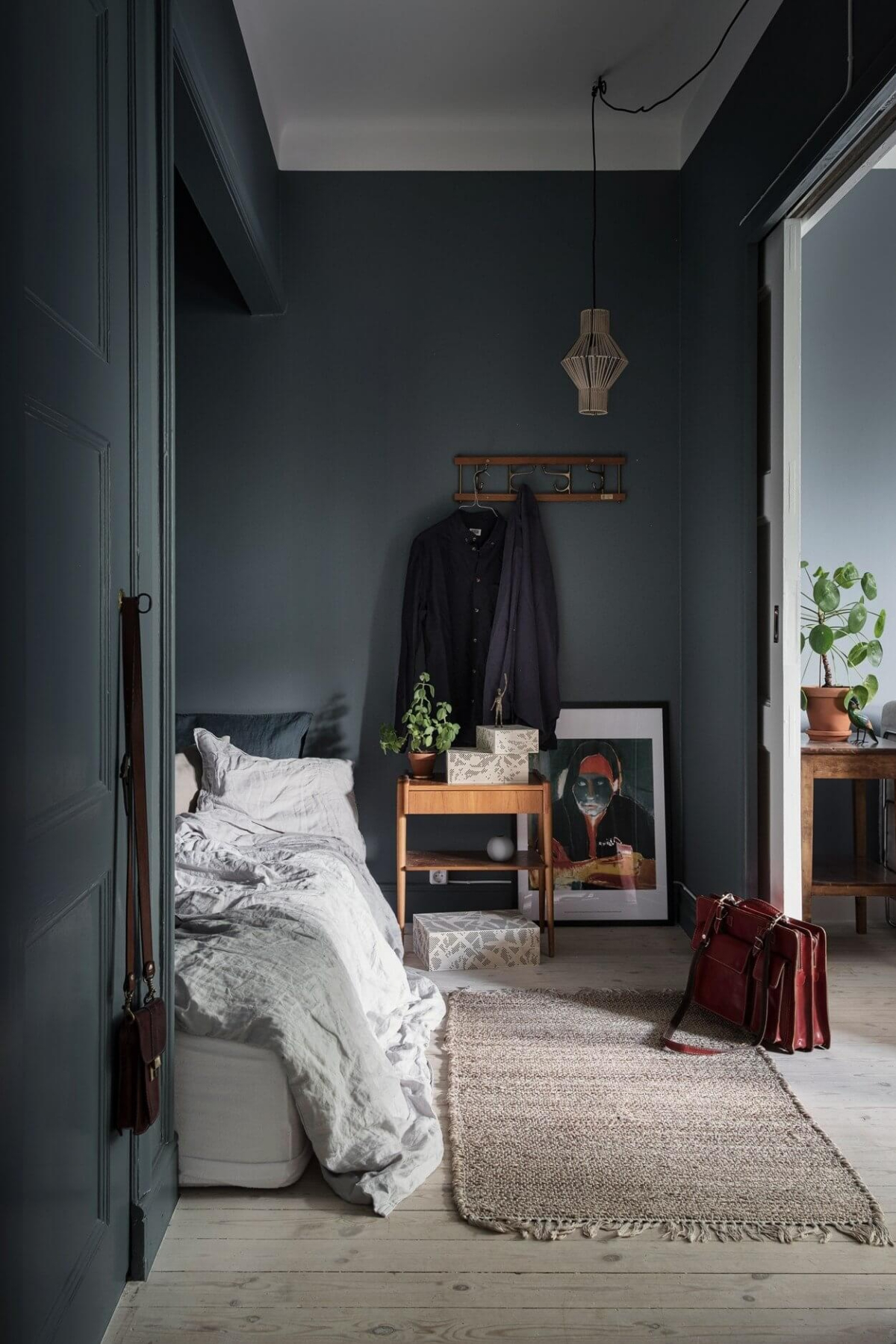
- 2700K: Cozy, warm, golden-hour light. Perfect for living rooms and bedrooms to create an inviting vibe.
- 3000K-3500K: Crisp, neutral white light. Great for kitchens and bathrooms where you need to see what you’re doing.
- 4000K+: Blue-ish, sterile light. Feels like an office or hospital. Generally, avoid this in your home.
And remember, electrical work isn’t a weekend DIY project unless you’re a pro. For your safety, always hire a licensed electrician to install new fixtures. It’s not the place to cut corners.
Mistake
3: Skipping the Prep Work
Before you even think about shopping, two foundational steps will save you from major headaches and wasted money: proper planning and a smart budget.
Inspiration:
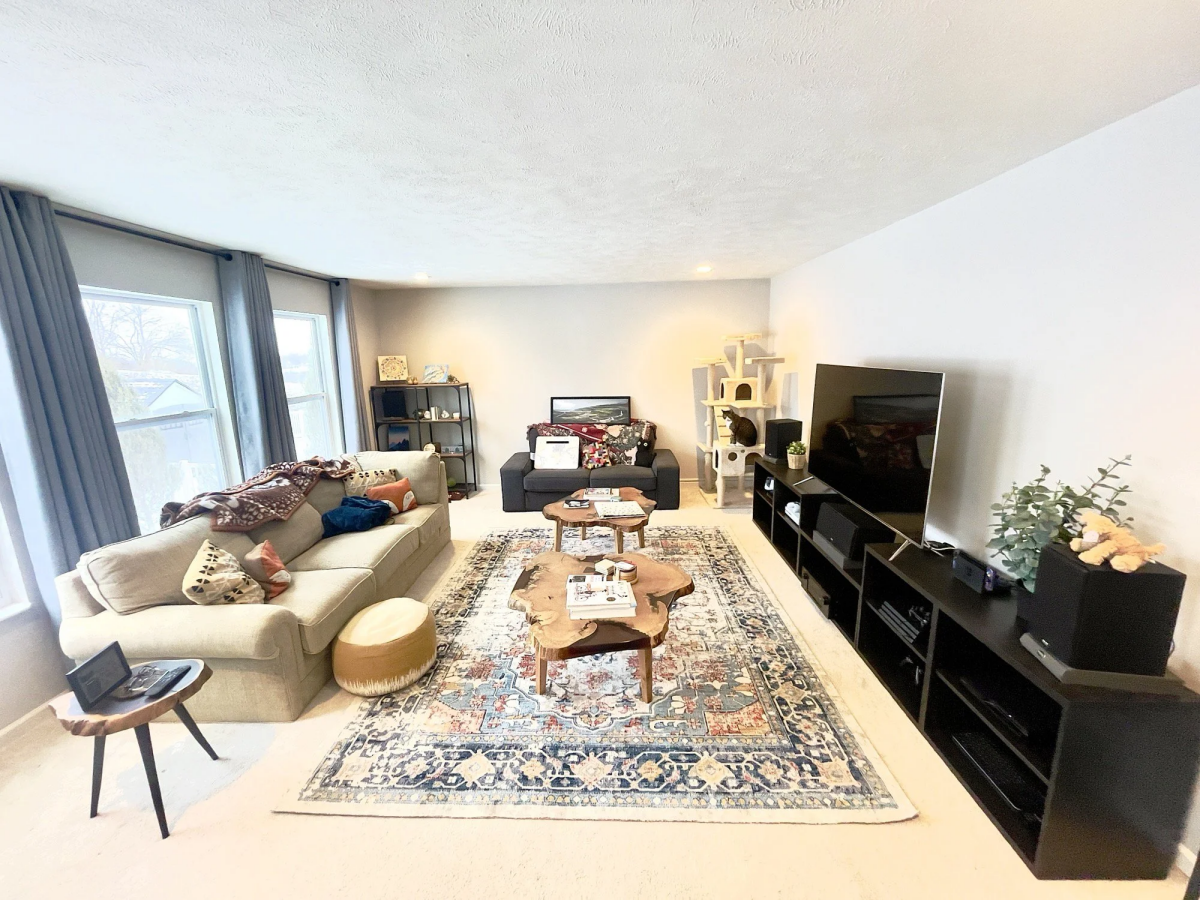

Is your lighting a one-note wonder?
A single, harsh overhead light is one of the biggest mood-killers in a room. Professional design relies on layering light to create depth and function. Aim for at least three sources:
- Ambient: Your general, overall light, like a ceiling fixture or recessed lighting. Think of this as your base layer.
- Task: Focused light for activities, like a reading lamp by a chair or under-cabinet lighting in the kitchen. This is your functional layer.
- Accent: Light that highlights features, such as a picture light over art or an uplight behind a plant. This adds drama and personality. Smart bulbs, like those from Philips Hue, can make it easy to adjust the warmth and brightness of each layer throughout the day.
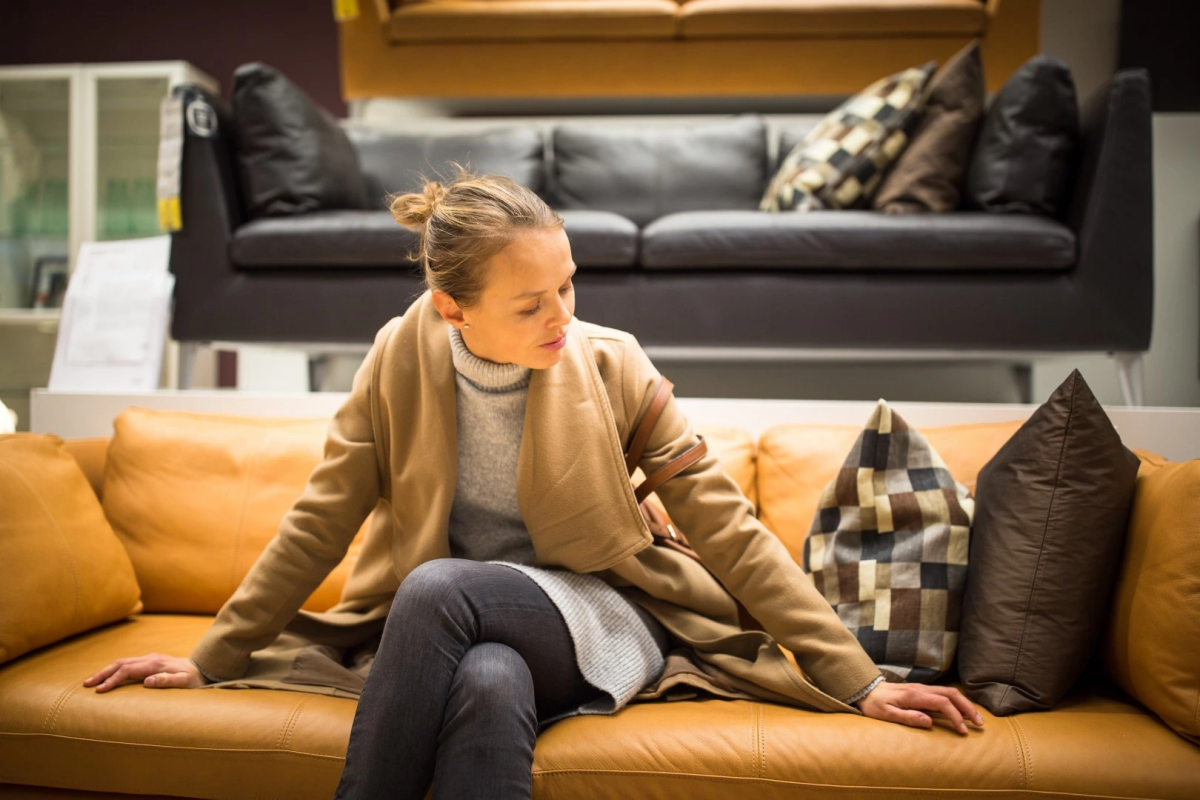
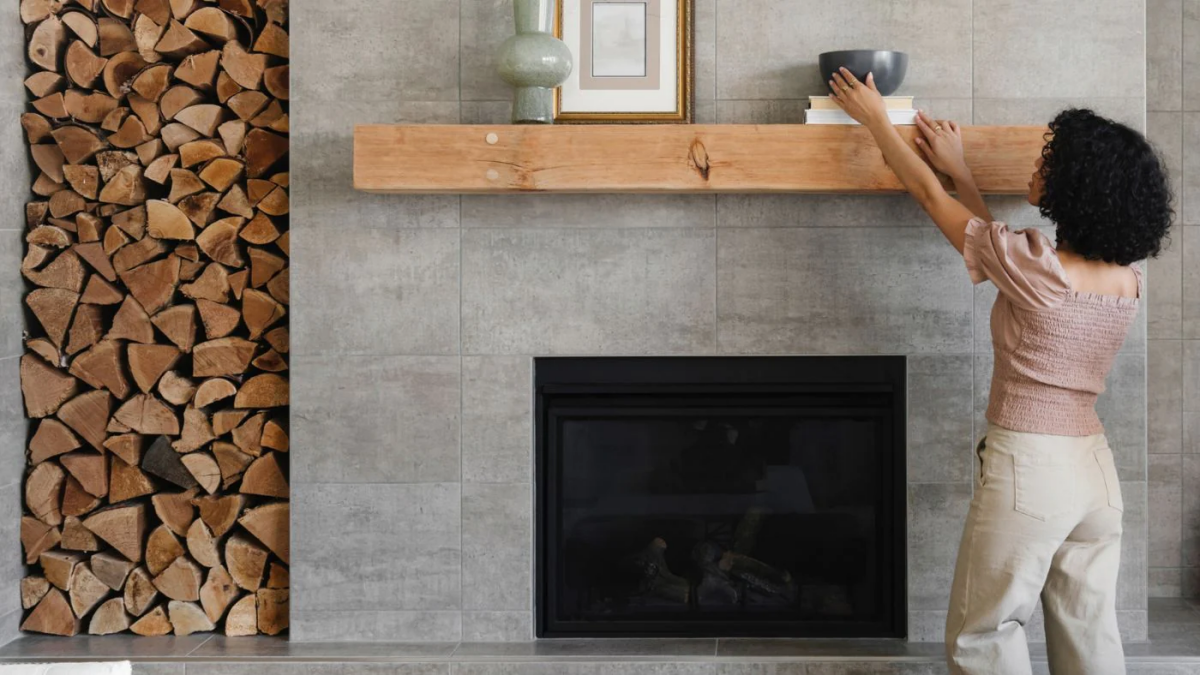
More than 60% of homeowners say choosing the right paint color is the most stressful part of decorating.
This anxiety leads to endless white and beige rooms that lack personality. A foolproof designer trick is the 60-30-10 rule. 60% of your room is your dominant color (usually walls). 30% is a secondary color (furniture, curtains). 10% is your accent color (pillows, art, accessories). This simple formula, used by brands like Benjamin Moore in their curated palettes, creates balance and takes the guesswork out of building a color scheme.
Don’t forget to look up! The ceiling is often called the


